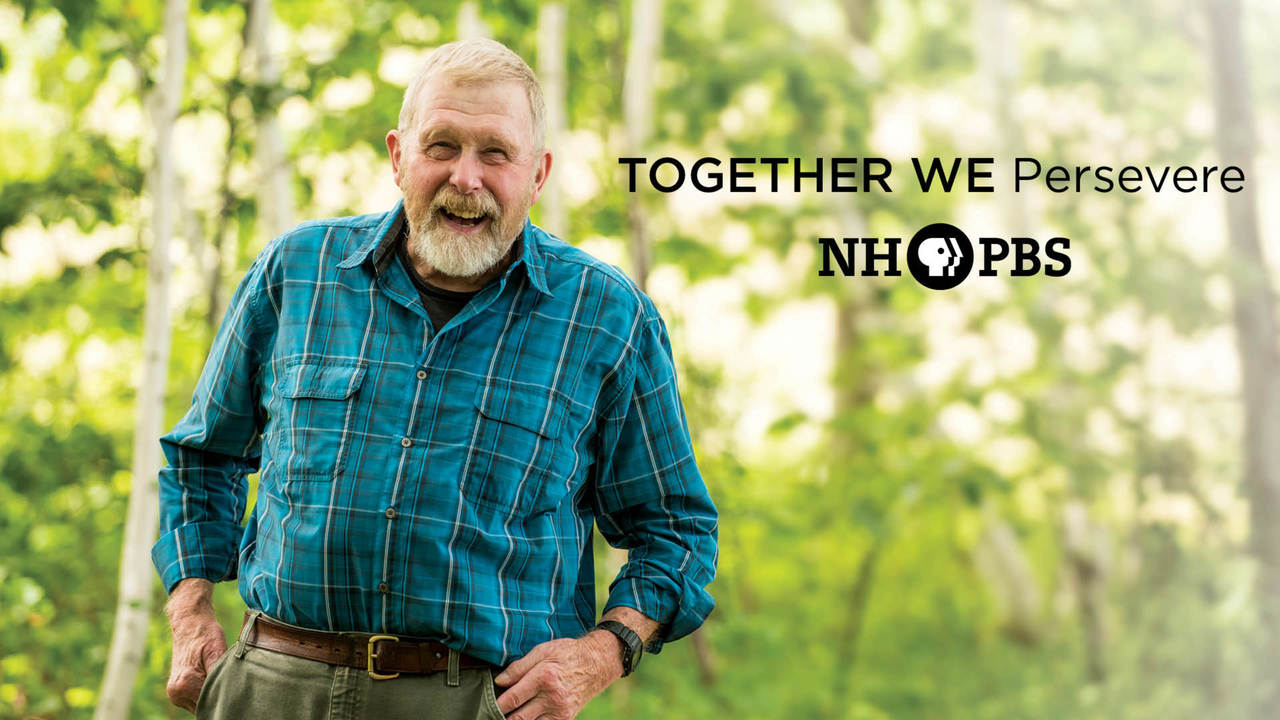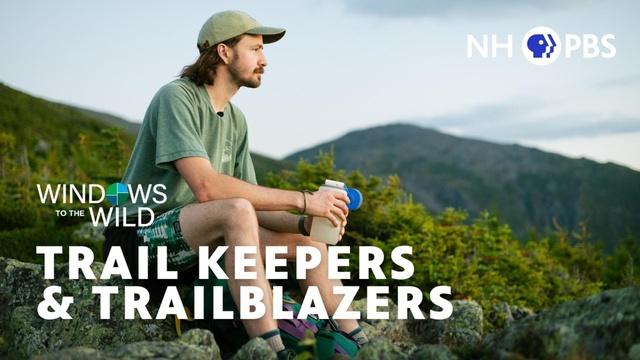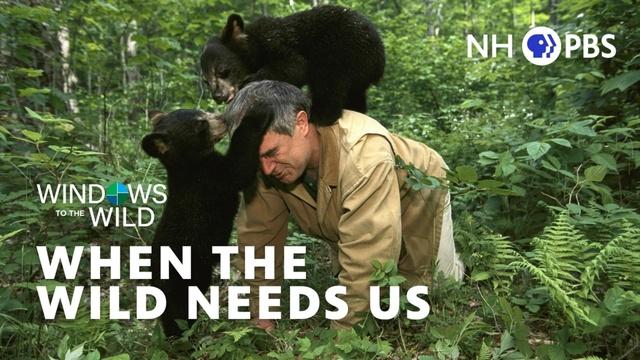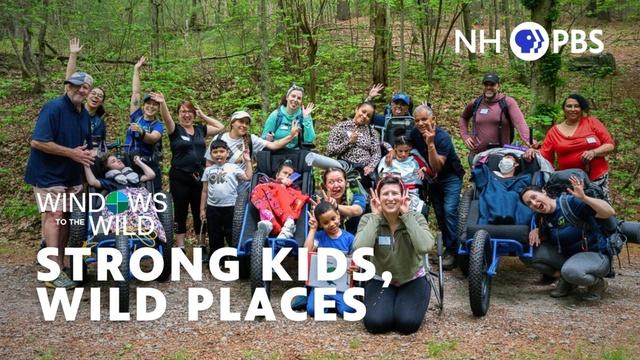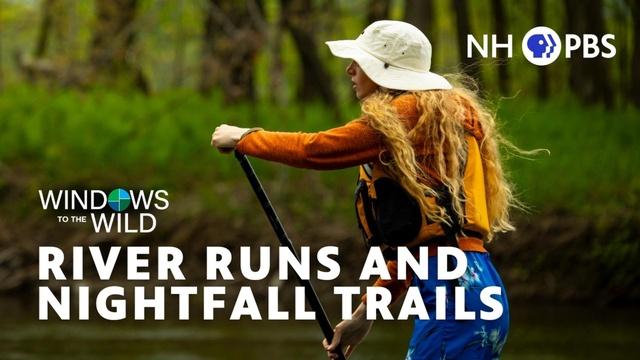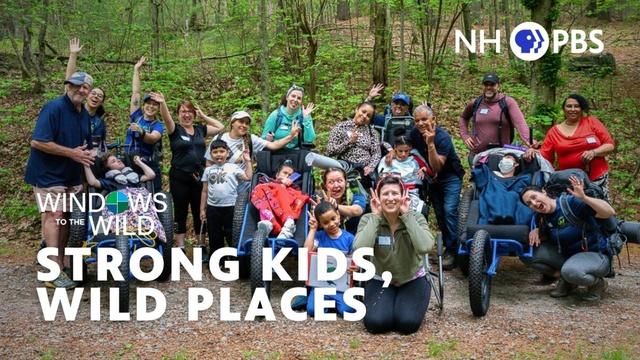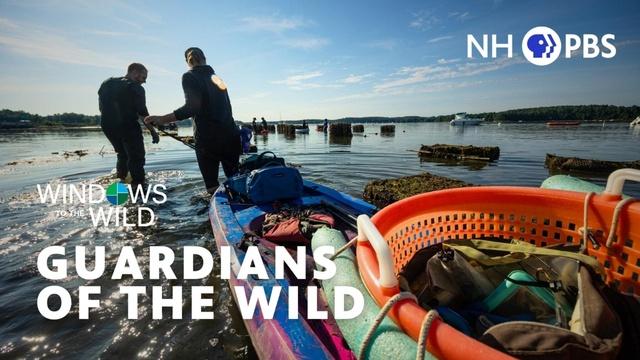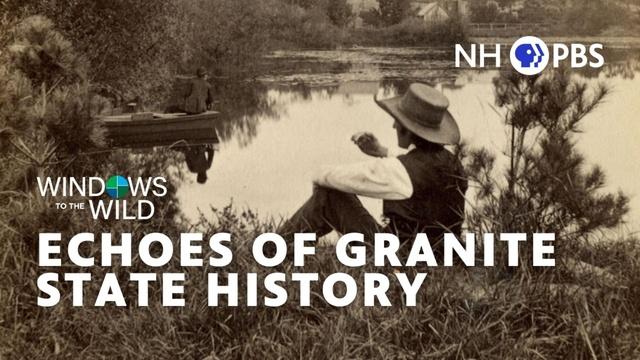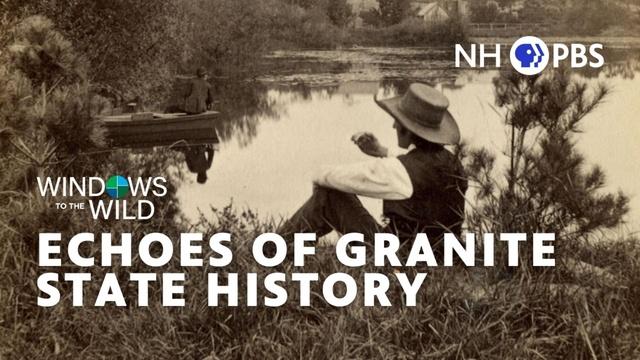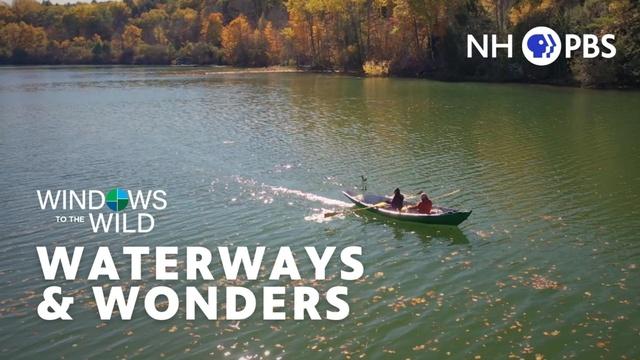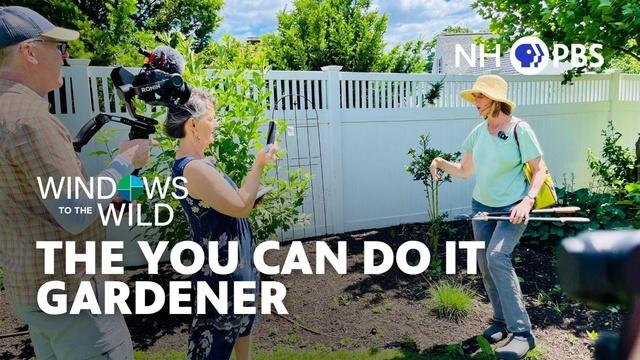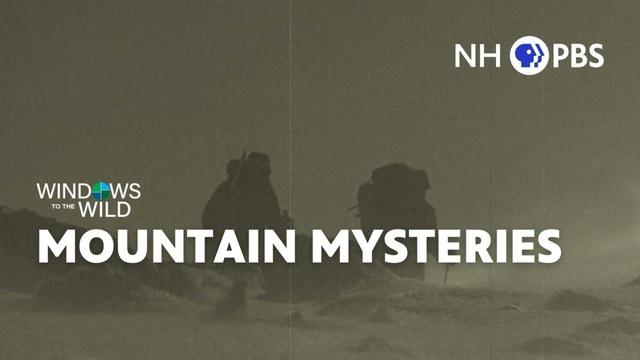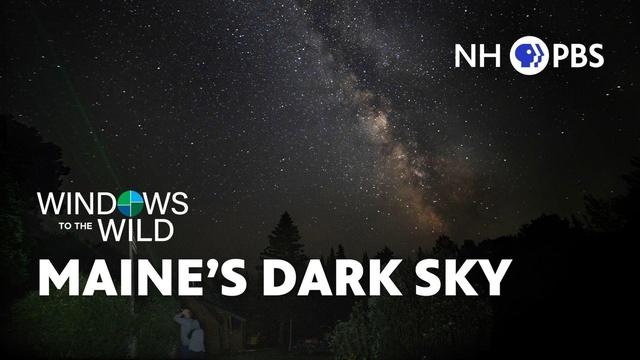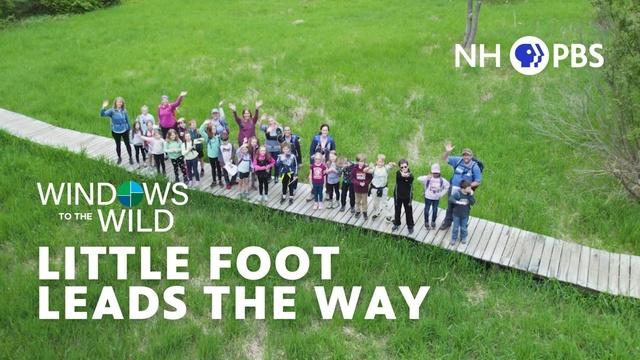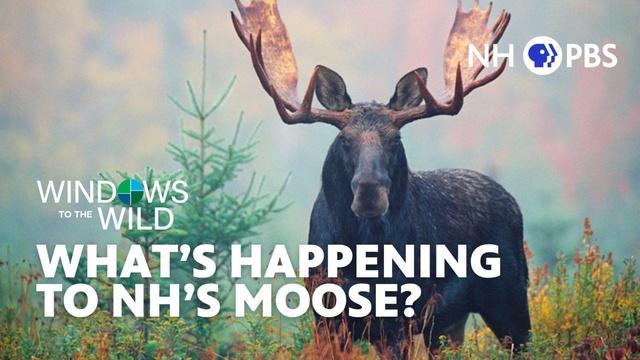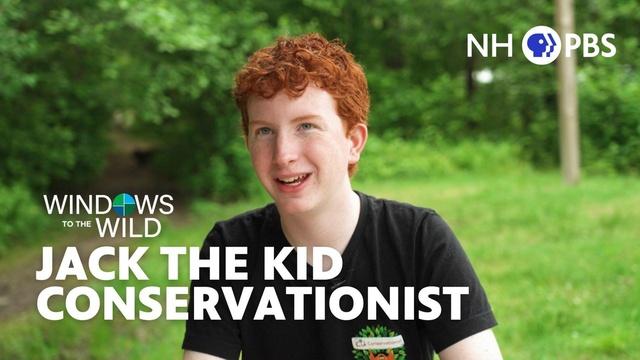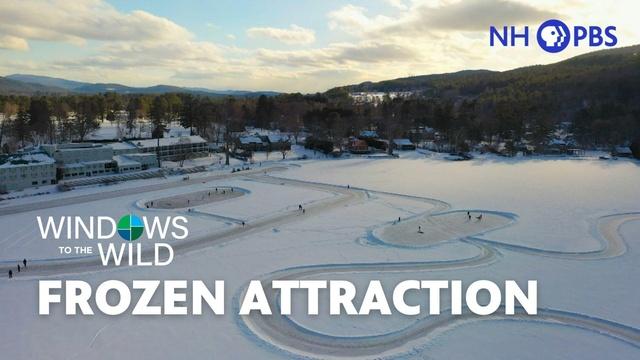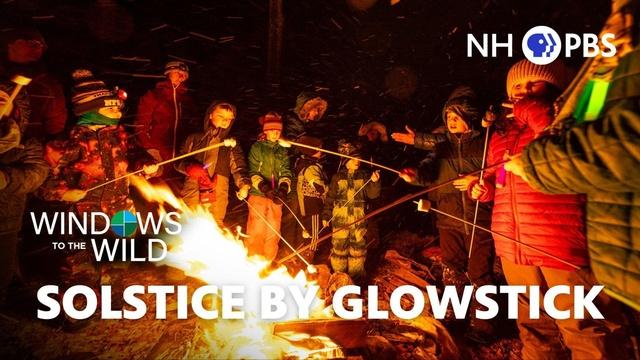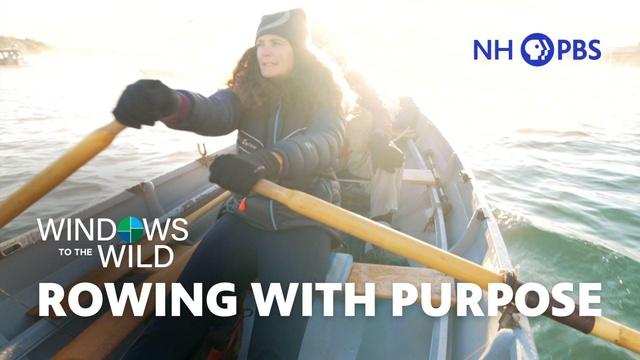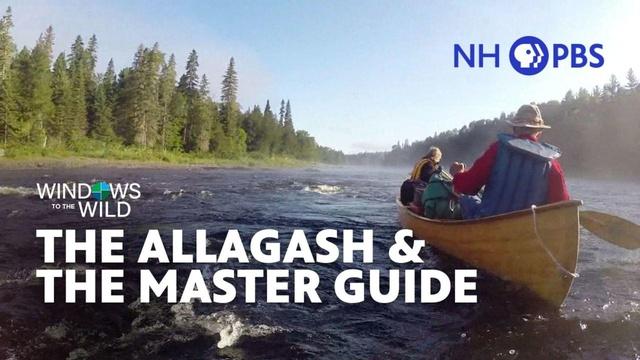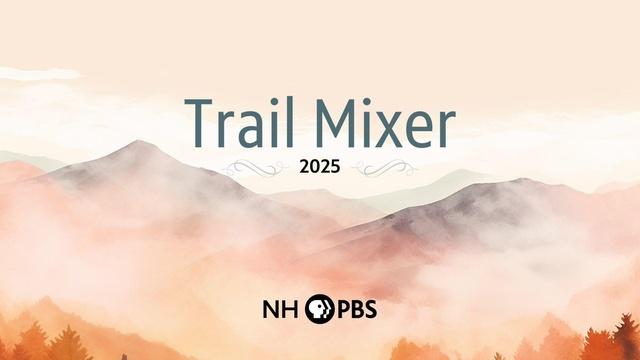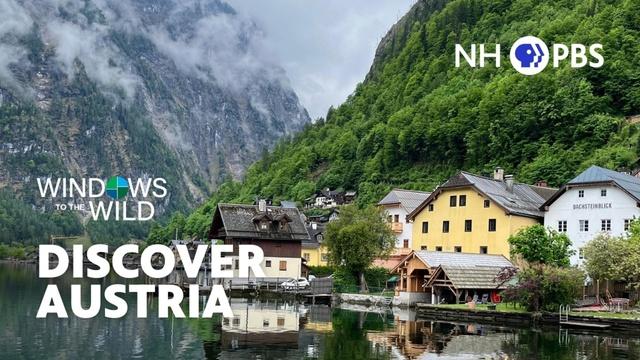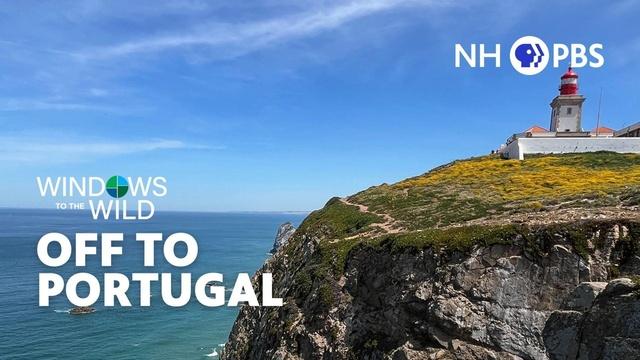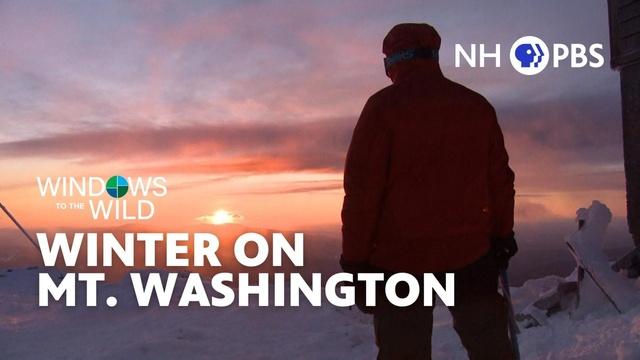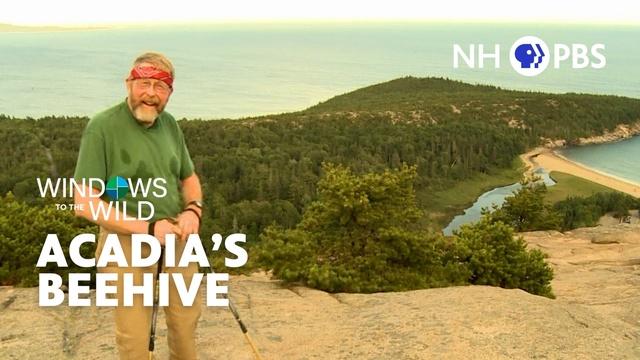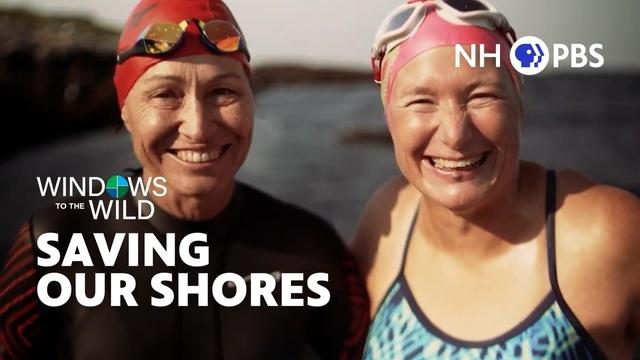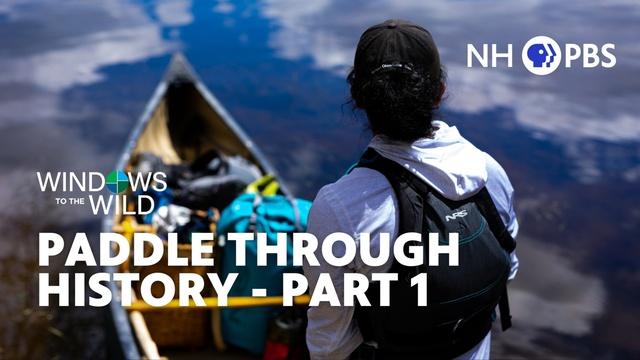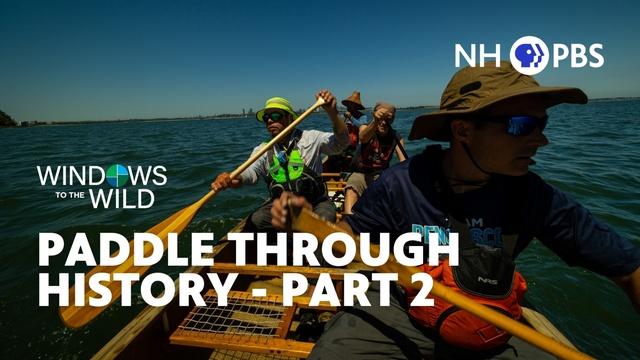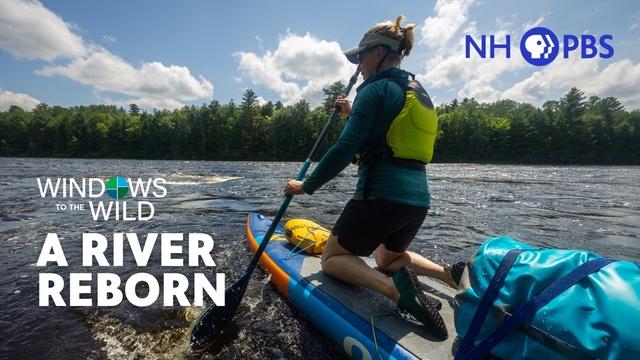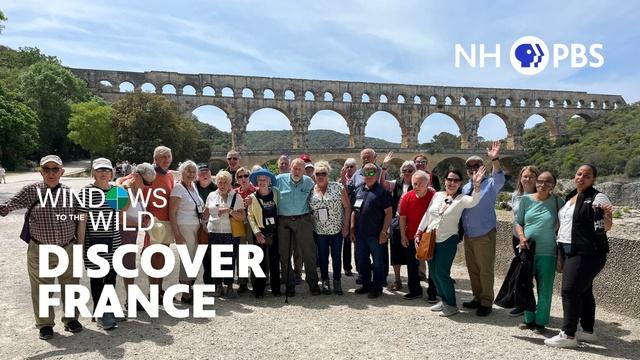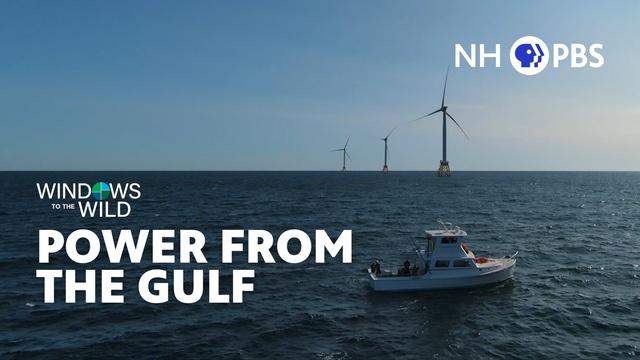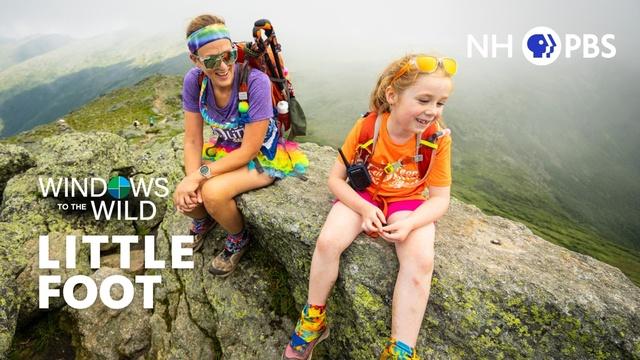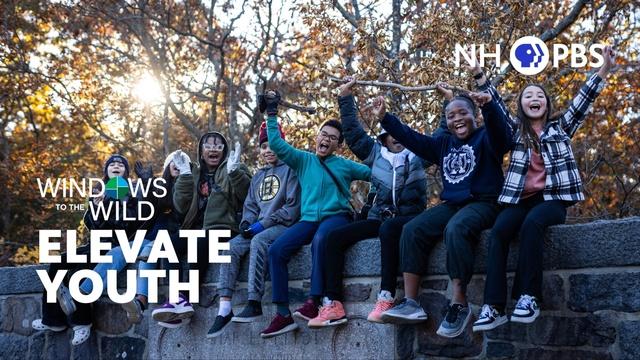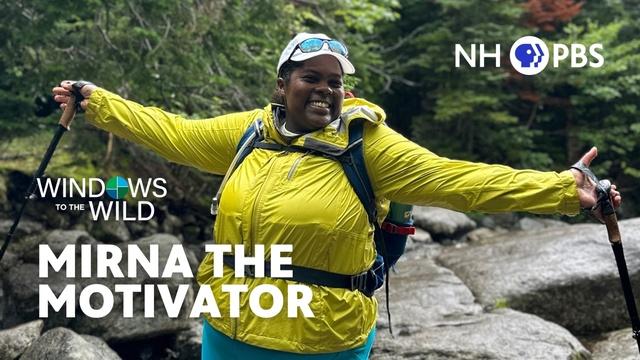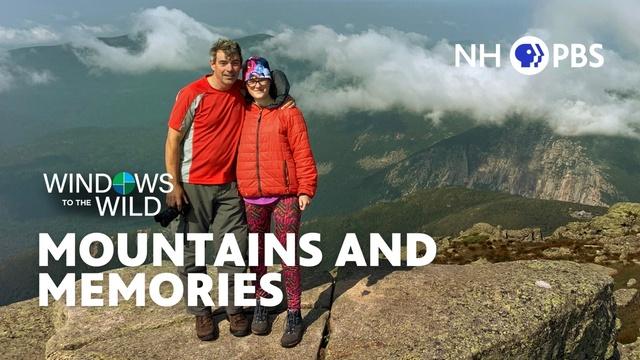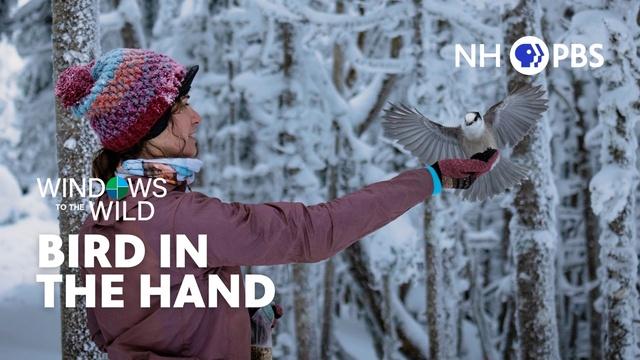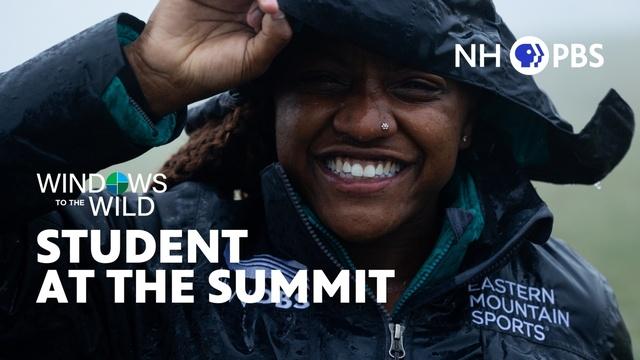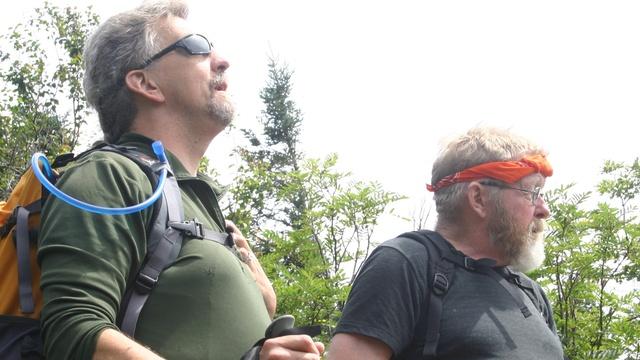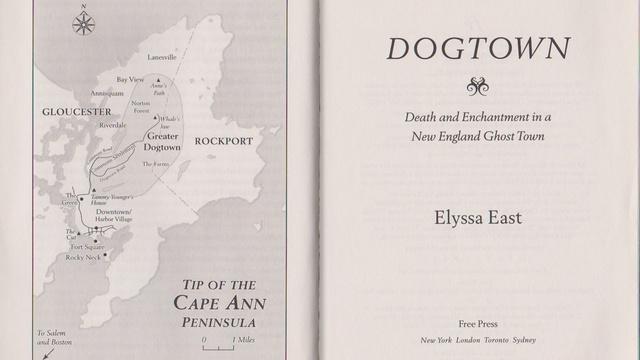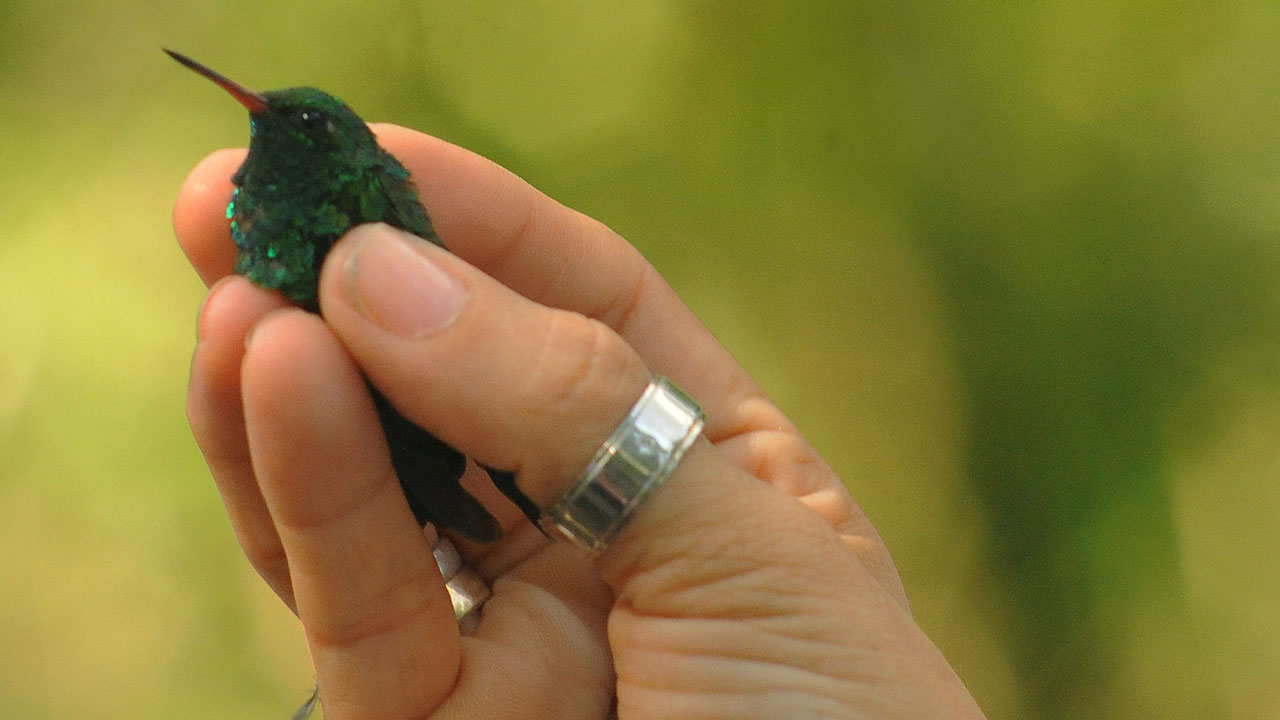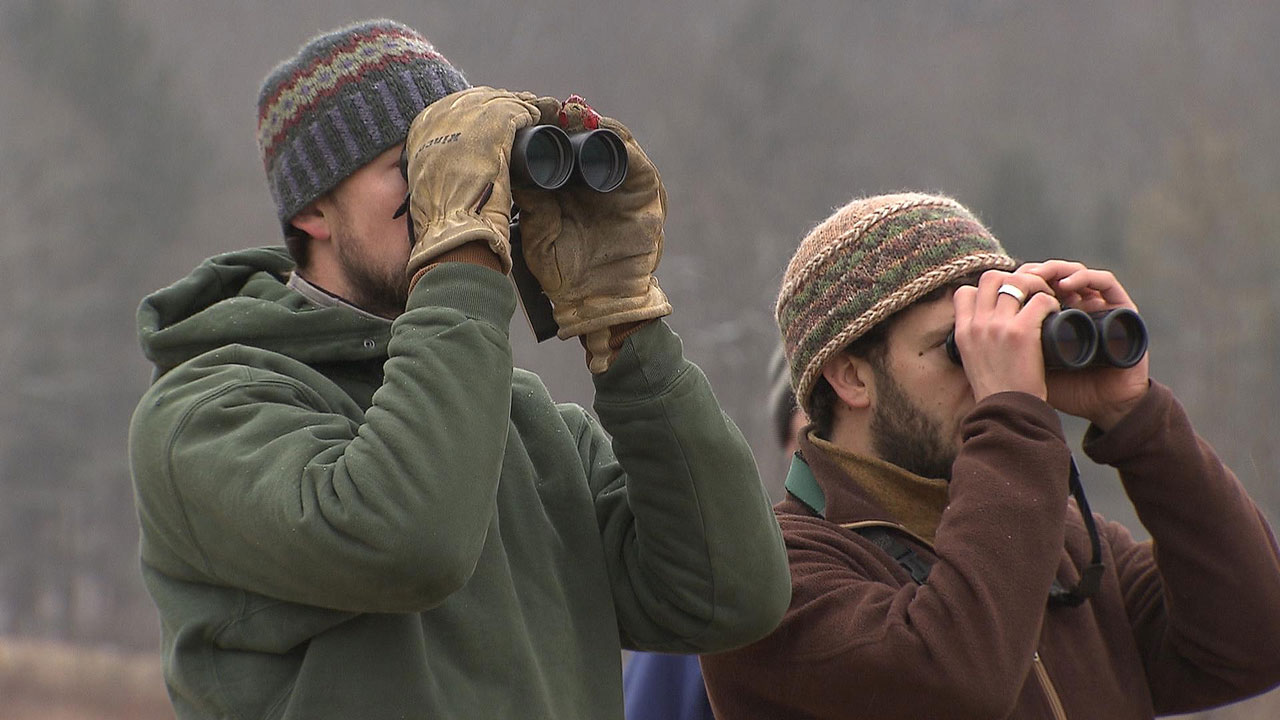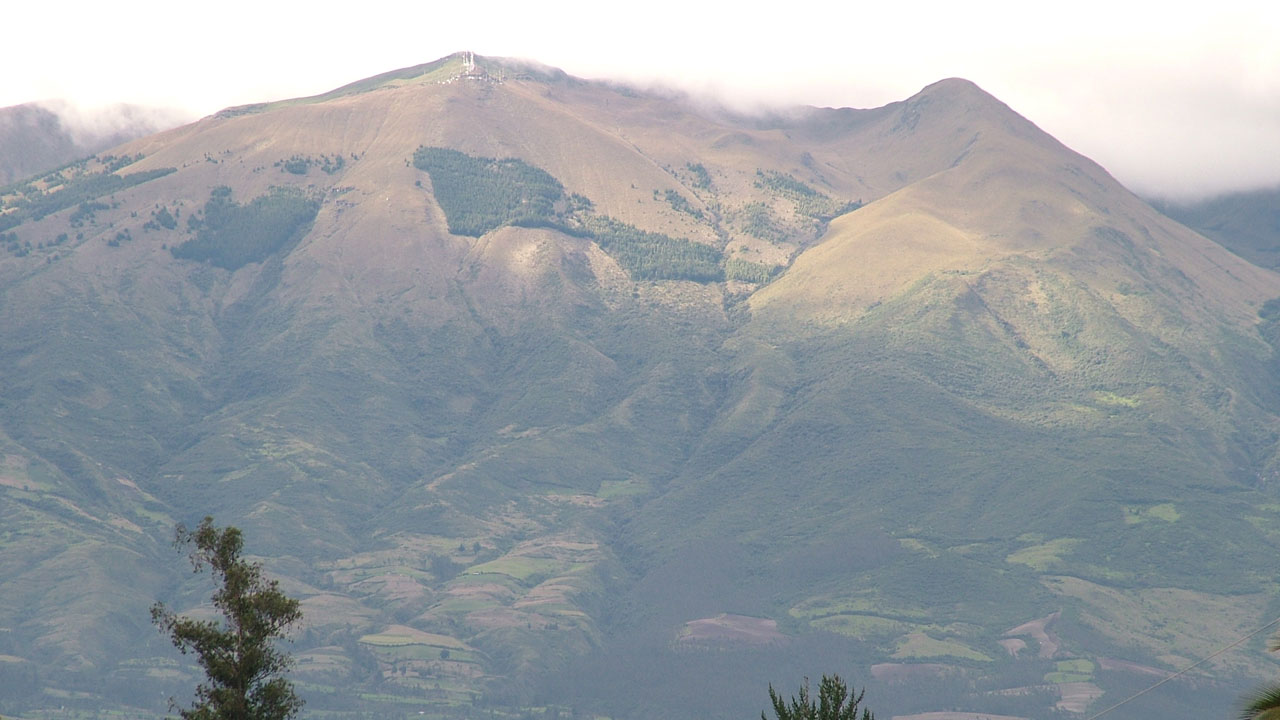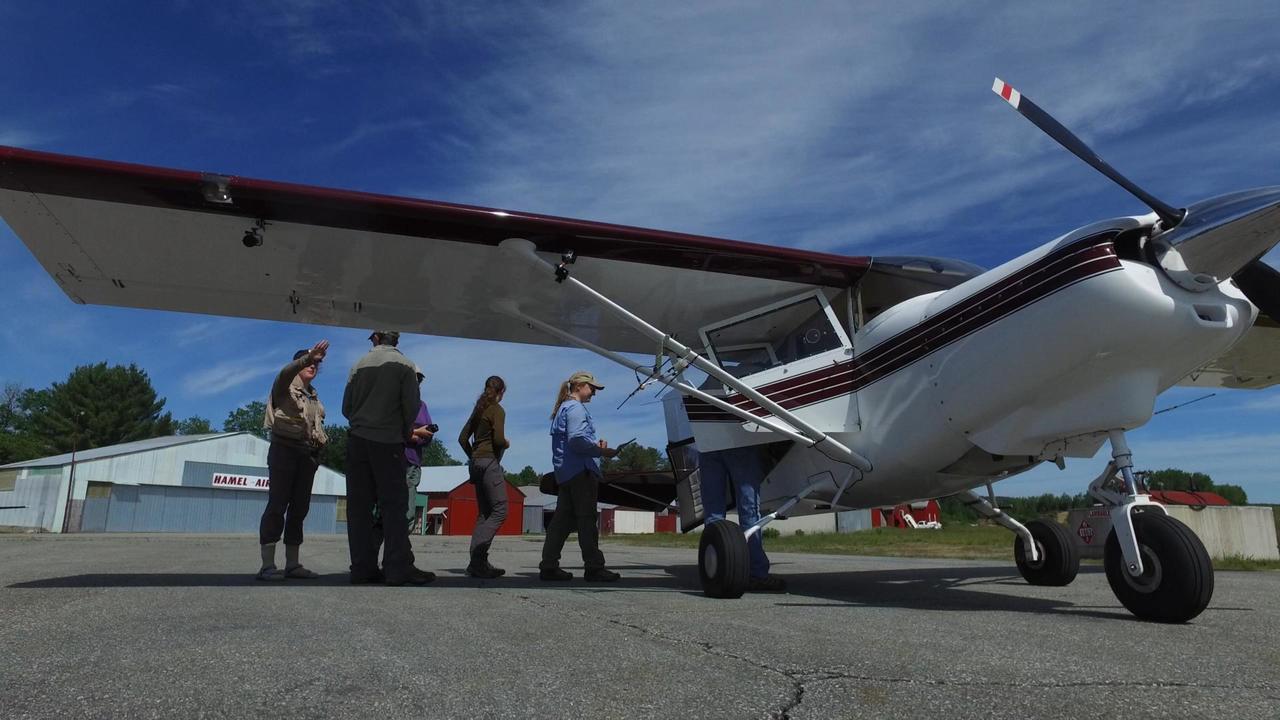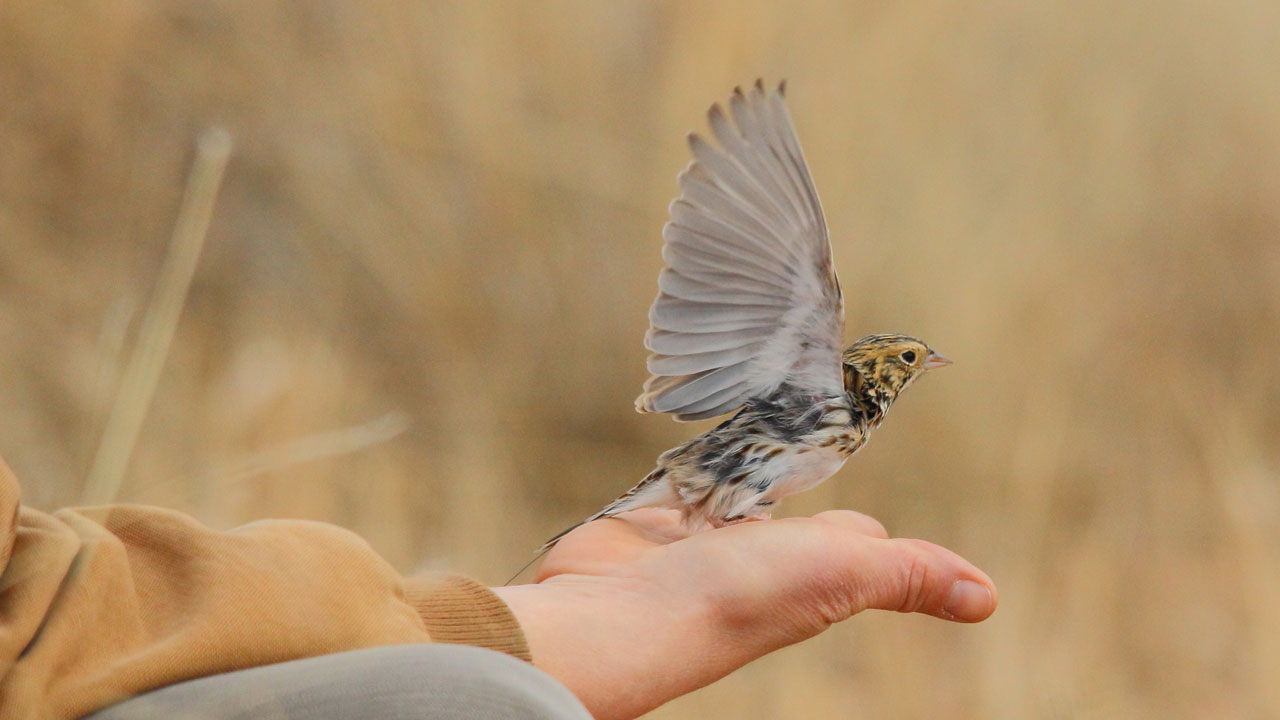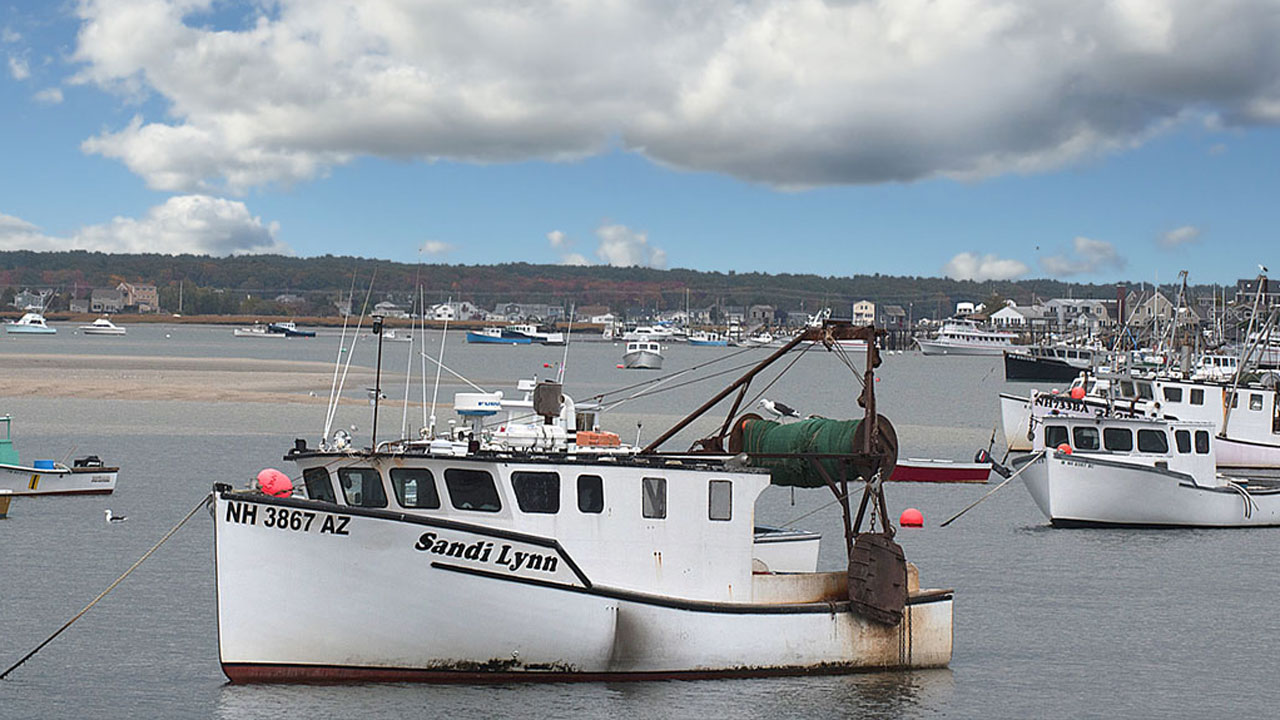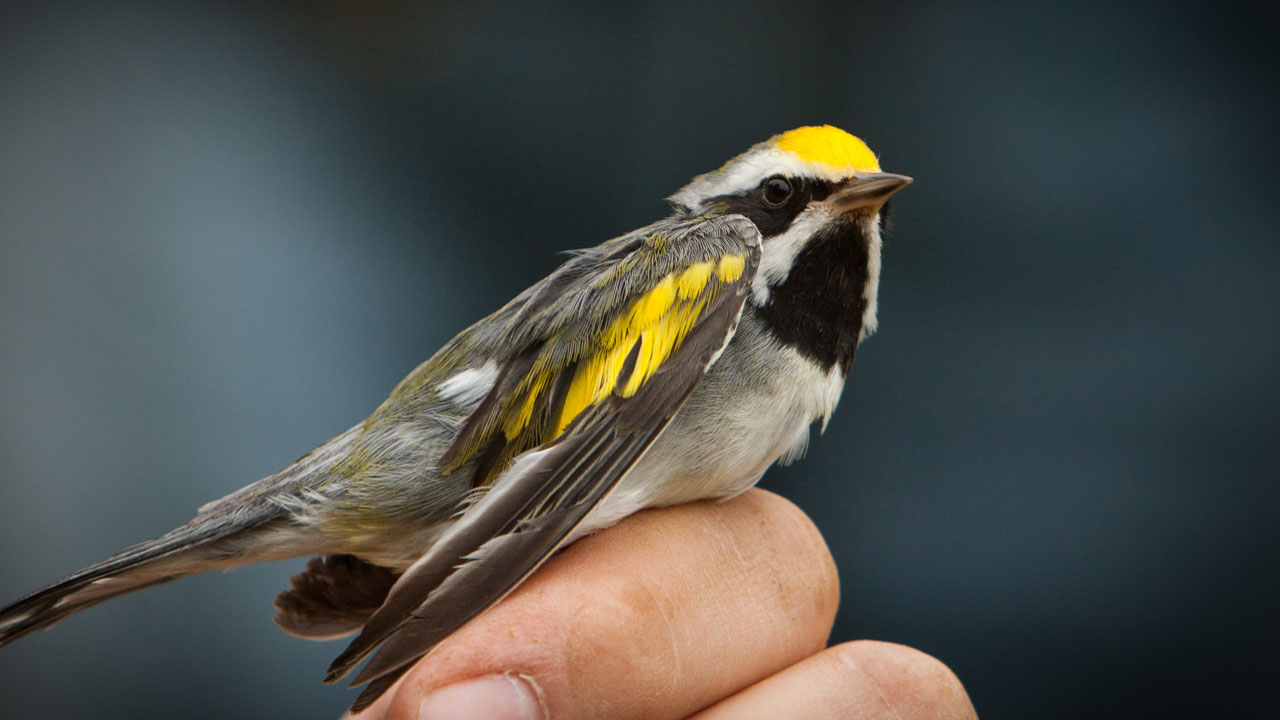Willem Lange: Yankee Notebook
4/12/2020
Easter morning. Everything feels changed, and yet some things don't. My son just called from Arkansas to announce that the Lord is risen. He's been doing that for decades; he and his mother started it, I don't know when, and now she's gone, he still does it. The correct Episcopal response – and maybe others; I don't know – is, "The Lord is risen indeed." So I said it. A little later one of my daughters e-mailed me with the same message. We may not be dancing together anymore, but we still know the steps and the music.
Just by coincidence, Easter this year is the second anniversary of the death of their mother. So while we celebrate one presumed triumph over death, we mourn the very real loss of another – in many ways the liveliest, most dynamic person I've ever known. It's been a wonder to me for two years now how all that energy, creativity, and persistence could have been converted in the moment of a single breath not taken to a bag of ashes in the small granite urn in the bedroom. But so they were.
Amid the welter of information and misinformation streaming constantly into my hidey-hole these days is the speculation that Easter will also be the peak of the current viral infection in our state; that henceforth, though there'll be more infection, the rate will begin to drop, along with the number of deaths, until, like Noah and his family, we survivors will emerge into a cleansed, changed world. I doubt it – we're a fractious people, inclined to rebellion and disaffection – but it's an encouraging thought.
Meanwhile, it's impossible not to reflect how little the advice to shelter has affected the lives of the two of us still living here. There's the afternoon walk in Hubbard Park on decent days. We go to the supermarket maybe every five or six days. There's not much we need there – even toilet paper, thankfully. It's hard for me to reconcile the Vermont-bred heroes of Gettysburg, the Wilderness, and Cedar Creek with the panic-stricken citizens who stripped the shelves of that item a few weeks ago. But so it goes; the rest of us'll get along all right.
Hardware store now and then. Strict limit on how many can be inside at once. An employee at the door takes your name and lets you in when someone comes out. No hand-to-hand inside; you pick up your purchase where it's been laid, and put your credit card into the scanner yourself. Gas station rarely. I calculate I've burned less than nine gallons in the past thirty days. There's a downside to that: My Prius lies dead in the garage, the victim of dozens of short trips that have failed to charge her battery. I've been told I need a girlfriend in Buffalo, or at least Cape Cod, to get Pria (her name) out onto the interstate and bring her back to life. I can think of about twenty reasons that's a very bad idea.
As I sit at my desk with Kiki snoozing behind me in the recliner – I'm not "going to church" on Zoom– I have two photographs of my wife at arm's length on the wall. One, a studio shot that shows her as the knockout she was, and the other, of the two of us on our honeymoon (belated by six years) in front of an abandoned, near-derelict log hunting camp in the stillwater at the head of the East Branch of the Ausable River in the high peaks of the Adirondacks. Both are painfully evocative; but actually I'm surrounded by her. This is the last and most successful of the five houses she designed for us. It suited us perfectly; but it also suits me alone. I don't feel at all that I'm rattling around like a dried pea in a tin can. The kitchen is so nearly perfect, and so minimally utilized, it's embarrassing: like a ninety-year-old man driving a Ferrari. It once easily made meals for twelve guests. Now it's just me and Kiki, neither of us a gourmet.
So I'm living alone, and have been for about four years now. I didn't say lonesome – though I'd love to ask sarcastically, just one more time, "Sweetheart, do you have any idea where I might start to look for the Fiskars?" Also, my relatively primitive life is conducive to animism. When I enter the kitchen first thing in the morning, I greet Monsieur Café with a hearty, "Bon jour!" and inquire after his health. The Keurig, my backup for heating cocoa water, gets a "Guten Tag." The microwave is Japanese, and the toaster oven Italian. You get the picture. I figure that a little friendliness can't hurt. Kind of like President Obama fist-bumping the White House cleaning staff. In the garage, it's, "Barcelona Red! Good mornin'! And Helga! How you doin'? You'll be out and about in just a couple of weeks now. Pria, my dear, are you up for a run to the post office? We're getting your summer shoes put on this Wednesday."
It's quiet in the house nowadays. No one on the phone, televisions unused except when I'm cooking, Kiki and I communicating in sign and body language. After a rousing singalong a bit earlier with a choir doing the "Hallelujah Chorus," I've got the ancient master Andrés Segovia playing soft guitar pavanas and galliards as a background. Trying not to regret what is no more, or fear what may be ahead. Rather, to be warmed by what was – and to live only in the moment, like the little character in the recliner behind me.
Return to the
Windows to the Wild
Main Page
WINDOWS TO THE WILD WITH WILLEM LANGE is generously supported by the Alice J. Reen Charitable Trust, John D. McGonagle Foundation, Bailey Charitable Foundation and Road Scholar.
Watch Online
TV Schedule
-
discover austria
Windows to the Wild
Sunday, 12/21 at 10:00 A.M. on NHPBS -
making tracks
Windows to the Wild
Saturday, 12/27 at 10:30 A.M. on EXPLORE -
new year's moosilauke hike
Windows to the Wild
Saturday, 1/3 at 10:30 A.M. on EXPLORE -
community outing
Windows to the Wild
Saturday, 1/10 at 10:30 A.M. on EXPLORE
Learn More...
- Manchester Cedar Swamp Preserve
The Nature Conservancy
Podcast
Listen on your favorite podcast platform
Thanks to our podcast partner: The Marlin Fitzwater Center for Communication at Franklin Pierce University
